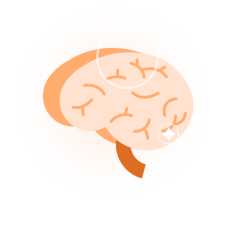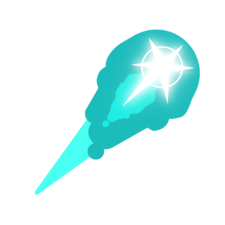Install Steam
login
|
language
简体中文 (Simplified Chinese)
繁體中文 (Traditional Chinese)
日本語 (Japanese)
한국어 (Korean)
ไทย (Thai)
Български (Bulgarian)
Čeština (Czech)
Dansk (Danish)
Deutsch (German)
Español - España (Spanish - Spain)
Español - Latinoamérica (Spanish - Latin America)
Ελληνικά (Greek)
Français (French)
Italiano (Italian)
Bahasa Indonesia (Indonesian)
Magyar (Hungarian)
Nederlands (Dutch)
Norsk (Norwegian)
Polski (Polish)
Português (Portuguese - Portugal)
Português - Brasil (Portuguese - Brazil)
Română (Romanian)
Русский (Russian)
Suomi (Finnish)
Svenska (Swedish)
Türkçe (Turkish)
Tiếng Việt (Vietnamese)
Українська (Ukrainian)
Report a translation problem






























LOOK FAR AHEAD AT CAPS, SET A VISUAL REFERENCE POINT FOR YOURSELF AT THAT CAP SO YOU DON'T DRIVE FLAT OUT STARING AT NUMBERS.
When given a cap, do what the article above says : slow down and turn to the cap.
Now, look far ahead in the distance and pick a point of reference for that cap and drive to it. Dunes, trees, rocks, shrubs, clouds, ANYTHING. Whether it's 20 clicks ahead or 300 meters is irrelevent, if you pass your personal visual reference point and haven't reached the WP pick another reference point at the same cap and keep going until you do reach the WP.
This is to avoid driving the car while looking at numbers. It's a problem because you will find yourself correcting course constantly when you're not looking far enough ahead. Just like in real life, looking far ahead will make you a better, more stable and more confident driver, able to drive around obstacles and resume caps more efficiently without having to take your eyes off the road.